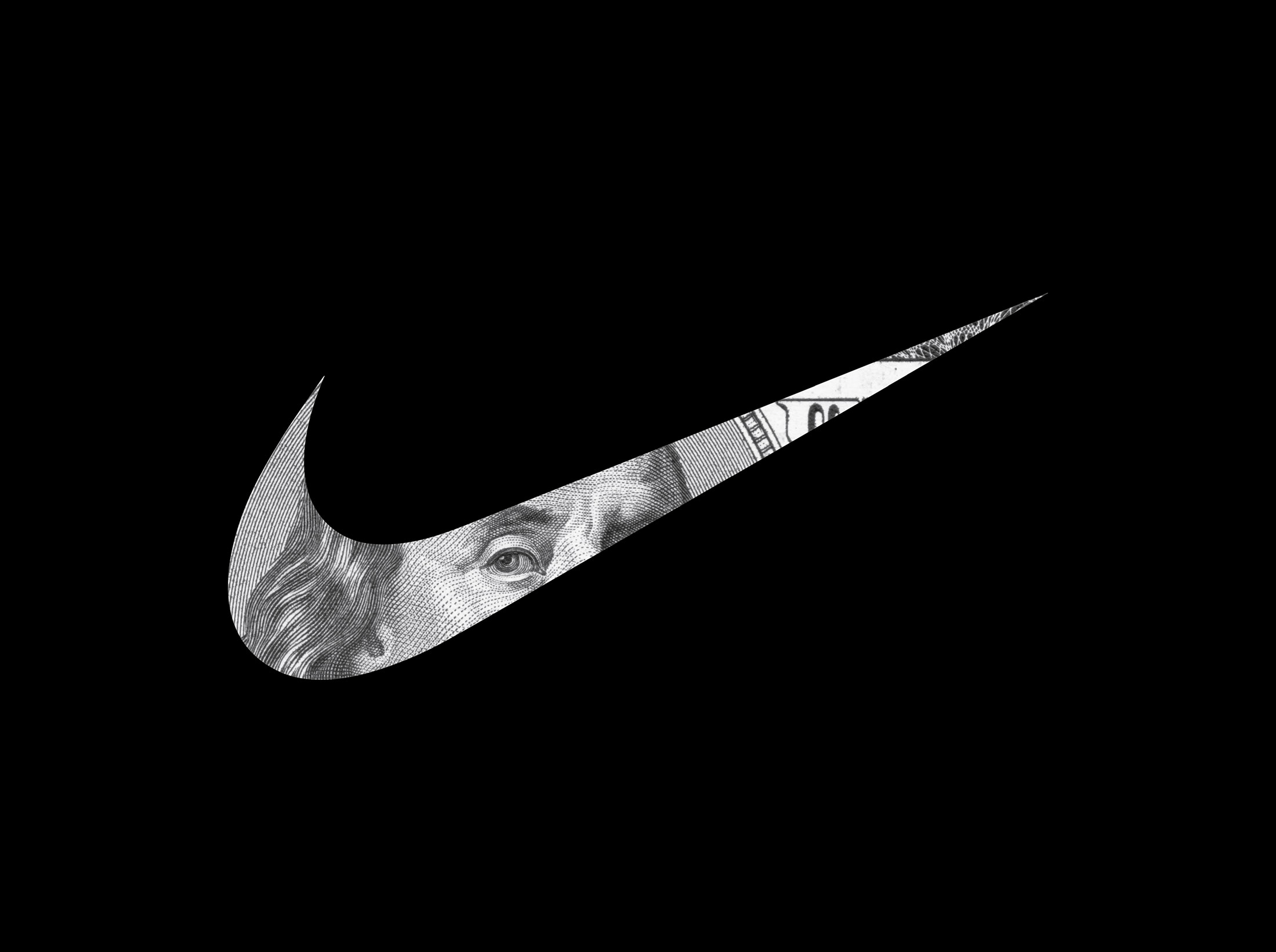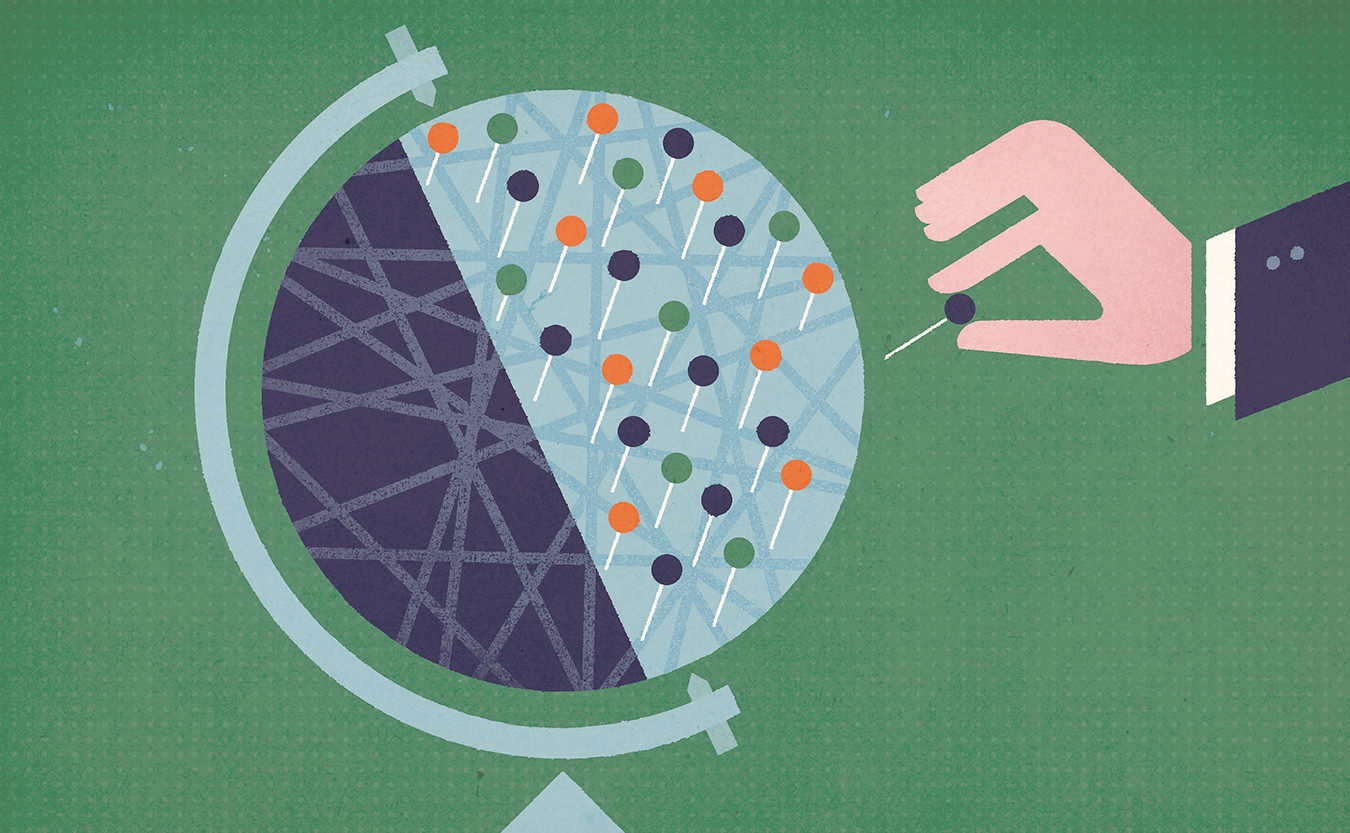The Economics of Celebrity Endorsements
Money well spent?

Colin Rand Kaepernick has been out of work for a while now. That, in itself, is nothing extraordinary: according to recent figures, some 6 million or so Americans are unemployed.
But Kaepernick isn’t a steelworker from Ohio. Nor is he a factory foreman from Kentucky, or a construction worker from New Mexico. Rather, he’s an elite quarterback, one who rose to national attention in 2016 by taking a knee during the national anthem as a protest against racial discrimination. While the move has made him unemployable in the NFL (despite his talents exceeding those of many who ply their trade on any given Sunday), it hasn’t hampered his marketability: last summer, he inked an endorsement deal with footwear giant Nike for—well, no one’s quite sure how much, but we can assume it beats unemployment insurance.
As marketing strategies go, celebrity endorsement is distinctly old-fashioned. It’s a throwback to the dawn of consumer capitalism—a time when a few kind words (whether paid for or not) from people with public stature were all that was needed to persuade us to buy. Best of all, it was simple to execute: 1) Find someone John or Jane Q Public admires, respects, venerates, idolizes, or adores, 2) Put your product on or near him or her, and 3) Watch the money roll in.
Which explains why it remains a big business. In certain industries—fashion, footwear, beverages, luxury goods, cosmetics—endorsement is the very bedrock of a brand, the wellspring from which a logo and a tag line are nurtured into dollars and cents. In 2016, Nike spent about $9.4-billion on various endorsements.
For the athletes, actors, and icons fortunate enough to catch the eye of Nike or similar companies, an endorsement deal is not unlike winning the lottery, striking oil while digging up the backyard, and finding a lost Picasso in the attic all at once. Case in point: tennis god Roger Federer, who just signed a 10-year deal with Uniqlo for $300-million. Or George Clooney, who quaffs Nespresso for $60-million; Taylor Swift, who drinks Diet Coke for $26-million; or Beyoncé, who throws back Pepsi for $50-million. Meanwhile on the basketball court, LeBron James has reportedly signed away his name to Nike for life. The price tag: $30-million per year.
It’s Economics 101: when fame becomes cheap, so do the deference, influence, and approbation that come with it.
Is this money well spent? Probably. Business school types generally agree that endorsements have a quantifiably positive impact on sales, profits, and similar metrics. They certainly have for Nike. The weekend the company launched Kaepernick’s Dream Crazy campaign on NFL opening day, online sales jumped 31 per cent. If publicity itself is currency (and to marketing departments it most certainly is), the ROI has been even better: Nike mentions (posts, likes, comments, etc.) on major social media platforms rose 1,678 per cent following the unveiling. The Kaepernick brand got a boost too, with mentions spiking 362,280 per cent.
But there are limits. As many brands have found out, the halo of endorsement goodwill can quickly turn to horns when an ambassador gets caught doing something they shouldn’t: extramarital trysts (Tiger Woods), performance doping (Lance Armstrong), insider trading (Martha Stewart), or, strangely enough, running a dog-fighting ring (Michael Vick).
These days, the endorsement game faces an even bigger challenge: the erosion of the aura that surrounds fame. Getting your 15 minutes of it doesn’t take as much effort as it used to: a cellphone and a Twitter handle is all you need; maybe an Instagram account, if you’re feeling ambitious. It’s Economics 101: when fame becomes cheap, so do the deference, influence, and approbation that come with it.
On one level, Kaepernick’s new job is an attempt to put a fresh face on an old business—an effort to re-establish the value of an endorsement at a time when the leader of the free world has put his name on everything from vodka to neckties to rib-eye steaks to urine tests. By lionizing not an athlete’s ability to throw an oblong ball and march down the field, but his decision to throw the ball aside and walk off it, Kaepernick’s endorsement is a giant straight-arm to the face of the celebrity hype machine—a celebration of the anti-athlete, the anti-hero, and the anti-celebrity, all rolled into a two-minute campaign.
Fair enough. But let’s not forget: this is a business. And Nike stands to make—well, no one’s quite sure how much—let’s just say a lot of money by taking a stand alongside Kaepernick. Indeed, in the week after the campaign was launched, Nike stocks hit new all-time highs.
_______
Never miss a story. Sign up for NUVO’s weekly newsletter, here.




